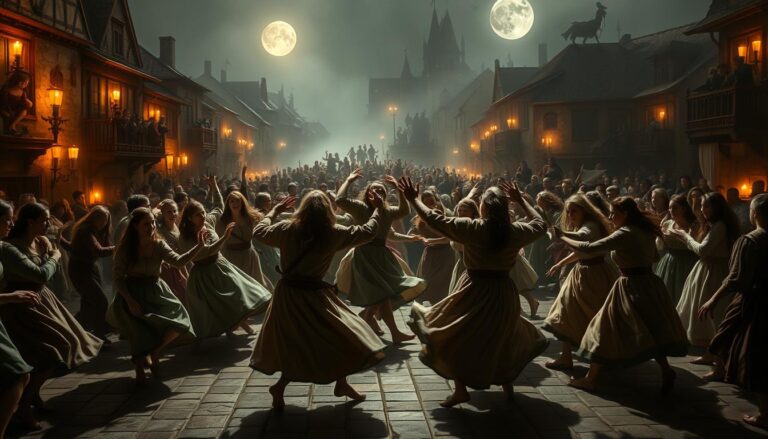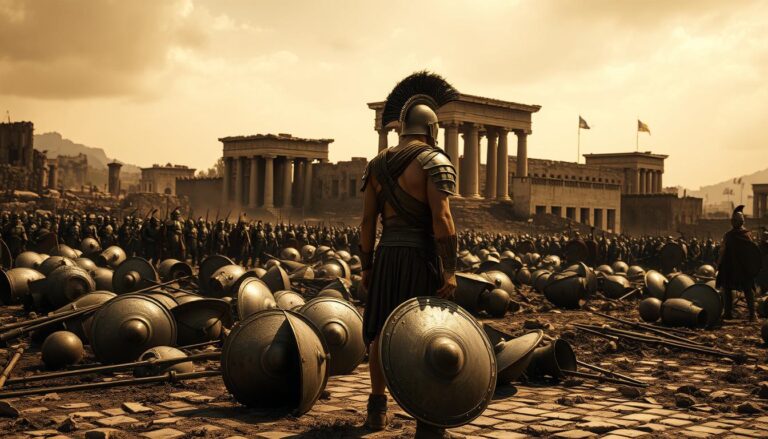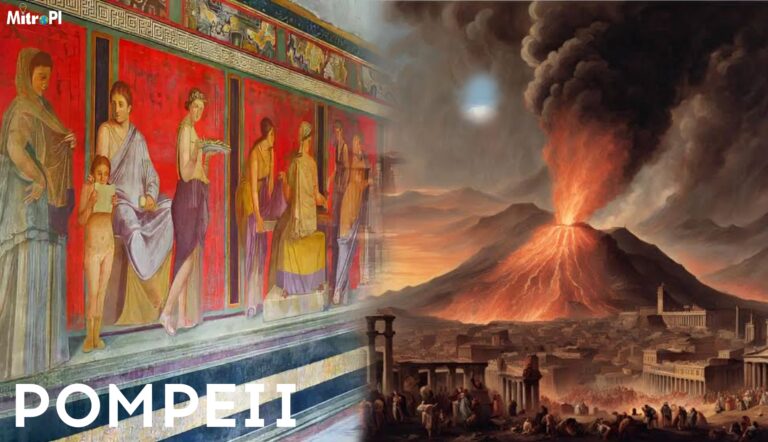The Incas were a fascinating civilization that emerged in the Andean region of South America, primarily modern-day Peru, from the early 15th century until the Spanish conquest in the 16th century. Their empire, known as Tawantinsuyu, stretched over vast territories, showcasing a rich cultural heritage that continues to intrigue historians and enthusiasts alike.
The Incas are crucial to understanding pre-Columbian America, as they made significant contributions to agriculture, architecture, and governance. Their unique methods of farming and magnificent stone constructions stand as a testament to their ingenuity.
The Rise of the Inca Empire
The origins of the Inca Empire are steeped in both myth and history. The legend claims that they descended from the sun god Inti, but historically, they began as a small tribe in the Cusco region. Under key leaders like Pachacuti and his son Topa Inca Yupanqui, the empire expanded dramatically through a combination of military conquest and strategic alliances.
Notably, Pachacuti restructured the Inca state and initiated an era of rapid expansion during the 15th century. His leadership not only unified diverse cultures under the Inca banner but also laid the foundation for a complex economic system.
The Inca Society
Inca society was highly organized and hierarchical. At the top was the Sapa Inca, the emperor who was regarded as a divine figure. Below him was the nobility, priests, and commoners, with roles distinctly defined.
Men typically worked in agriculture and warfare, while women played vital roles in household management and textile production. Even children contributed through chores and learning essential skills. This collectivism fostered a strong sense of community who worked together for the common good.
Inca Religion and Mythology
The Incas practiced a polytheistic religion, worshipping a range of gods that reflected their environment and daily lives. Major deities included Inti, the sun god, and Pachamama, the earth goddess. Divine interventions were common themes in their lives, influencing everything from agriculture to warfare.
Religious life was rich with rituals and festivals. For instance, Inti Raymi, the Festival of the Sun, celebrated the winter solstice, showcasing their deep connection with seasonal cycles. Sacrificial practices, including offerings to the gods, were considered critical for ensuring prosperity and fertility.
Agriculture was central to their beliefs; it dictated planting and harvesting cycles, deeply entwined with their spiritual existence.
The Inca’s architectural prowess is famously seen in sacred sites like Machu Picchu and Coricancha, the Temple of the Sun in Cusco. These structures were not just functional; they also aligned with astronomical events, reflecting their strong connection to the cosmos. This harmony between architectural design and spirituality has left an enduring legacy that still captures our imagination.
The Inca Language and Communication
Quechua served as the lingua franca of the Inca Empire, facilitating communication across diverse communities. Its historical context is rich, evolving to serve administrative needs and daily interactions. Remarkably, it still survives today, spoken by millions in the Andes, showing the resilience of Inca culture.
Instead of writing, the Incas employed quipus, intricate knot records made from colored strings. These quipus were vital for managing resources and tracking census data, showcasing their advanced approach to record-keeping, somewhat akin to rudimentary accounting systems found in other ancient cultures.
Oral tradition held a significant place in Inca culture, preserving histories, myths, and moral lessons. Storytelling played a critical role in passing down knowledge and cultural identity through generations, shaping the lives of modern descendants who still cherish these tales.
Inca Engineering and Agriculture
The Incas were masters of agricultural innovation, employing techniques such as terracing that transformed steep Andean slopes into arable land. Staple crops included potatoes and maize, cultivated using groundbreaking methods that ensured sustainability and bountiful harvests.
One of the most impressive feats of the Inca Empire was its extensive network of roads, facilitating trade and communication across the rugged Andean landscape. Inca engineers constructed bridges and tunnels that are still marveled at today, significantly impacting inter-regional trade and military mobilization.
Inca stone construction techniques are legendary. Structures like the Sacsayhuamán fortress demonstrate not only functional design but also an aesthetic that honors their environment. The precision of their stonework has influenced modern architecture, reminding us of their incredible practical artistry.
The Legacy of the Inca Civilization
The Incas left a remarkable footprint on history, influencing neighboring cultures and communities. Even after the Spanish conquest, many Inca traditions and practices merged into the broader Hispanic culture in the Americas.
Today, modern-day descendants of the Incas continue to celebrate their heritage with pride. Efforts to preserve important historical sites, such as Machu Picchu, are crucial for maintaining the cultural vibrancy that links past to present, as Peru and Bolivia integrate Inca culture into their national identities.
The Inca way of living provides valuable insights into sustainable and community-oriented practices. Their ability to adapt to environmental challenges showcases a resilience that remains relevant today, inspiring modern societies to maintain balance with nature.
Conclusion
The Inca civilization was a marvel of ancient ingenuity, from their agricultural innovations and intricate social structures to their profound spiritual beliefs and impressive architectural achievements. Understanding their legacy today is essential, reminding us of the complexities and capabilities of early societies.
If you’re eager to explore Inca history, consider visiting their remarkable sites. Engage with their stories and support continued research in Inca studies, helping to keep their vibrant culture alive for future generations.
FAQs
Who were the Incas, and where did they live?
The Incas were an ancient civilization that thrived in the Andean region of South America, primarily in what is now Peru, from about the early 15th century until the Spanish conquest.
What were the key achievements of the Inca civilization?
Key achievements include advanced agricultural techniques, impressive architectural feats like Machu Picchu, a vast road network, and a unique social and political structure.
How has Inca culture influenced modern societies?
Inca culture has influenced language, agricultural practices, and cultural traditions in the Andean regions, contributing to the rich tapestry of South American identity.
What is the significance of Machu Picchu?
Machu Picchu is a stunning example of Inca engineering and spirituality, symbolizing the heights of their civilization and attracting visitors eager to connect with history.
Are there any active efforts to preserve the Inca heritage today?
Yes, there are numerous efforts to preserve Inca heritage, including restoration programs for ancient sites and initiatives aimed at revitalizing Quechua language and traditions among modern descendants.




